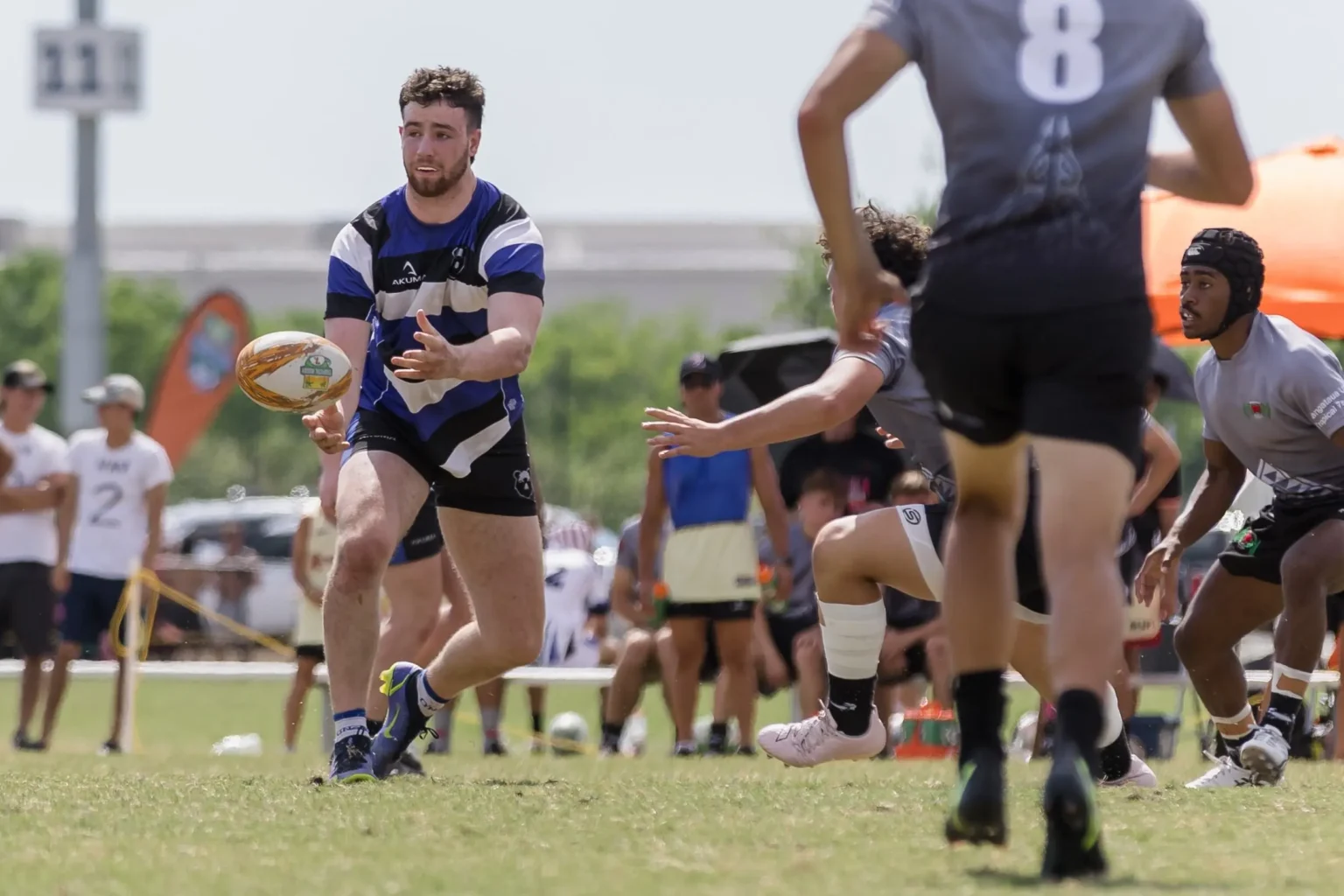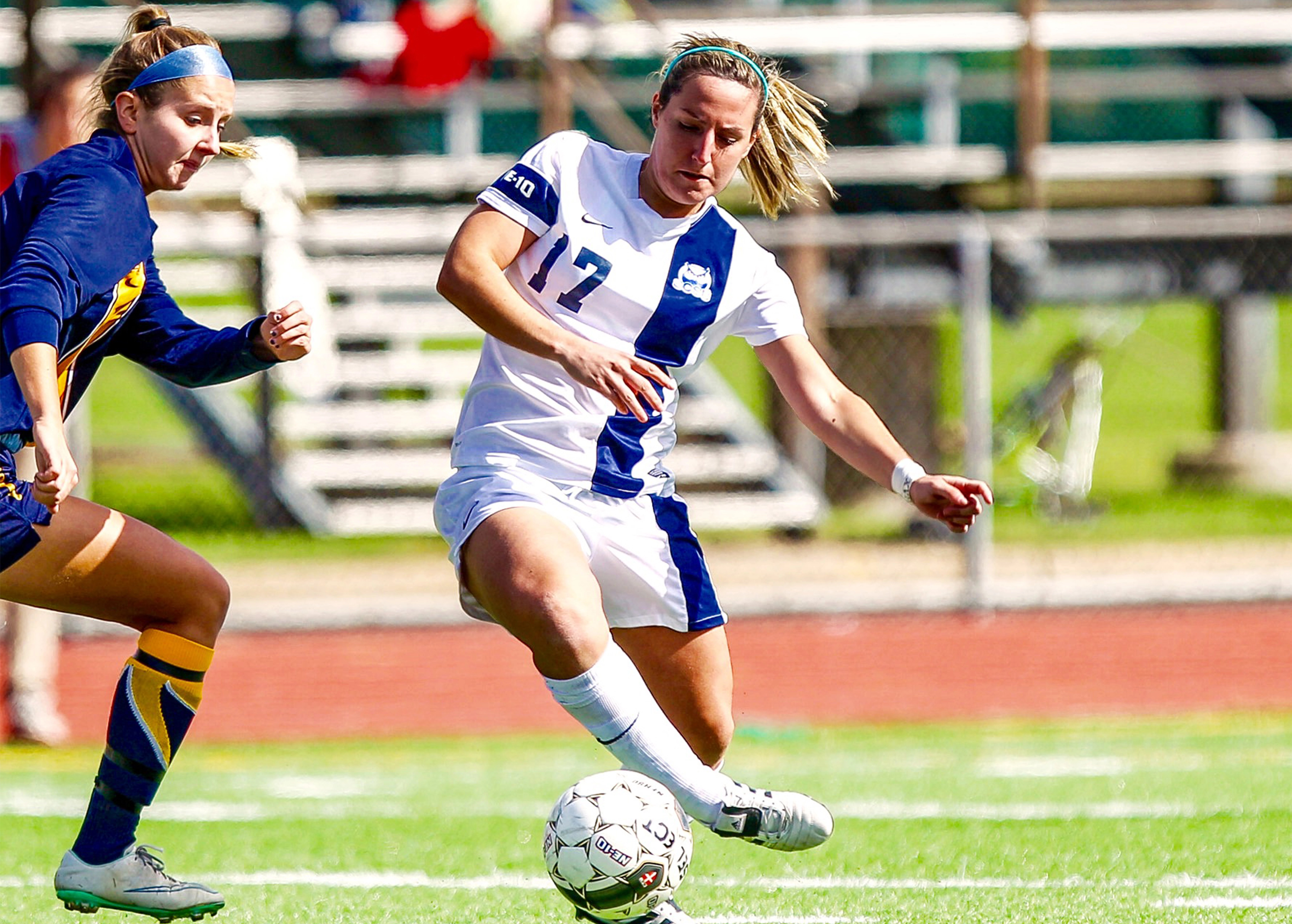
What Does Redshirt Mean in College Sports
Understanding redshirting, eligibility rules, and how it affects your university career
As a student-athlete, you’ve probably heard the term “redshirt”, but what does it really mean, and how can it impact your university career?
In short, a redshirt allows a student-athlete to extend their eligibility by sitting out of official competitions for one season while still training with the team and attending classes. This extra year can have some benefits for athletes, but it also comes with specific rules and timelines.
In this article, we’ll explain what redshirt means in college sports, the different types of redshirts, how it affects sports scholarships, and when and how it’s applied.
What Is a Redshirt?
In college sports, a redshirt means that a student-athlete sits out of official games for a whole season. This means they don’t participate in competitions but can still practise with the team.
According to the NCAA, student-athletes have five calendar years to compete in four seasons of their sport. This is often called the “five-year clock”. The clock starts when you enrol full-time in university, whether you compete or not.
That extra year gives athletes some flexibility. It’s what makes redshirting possible. You can use one of those years to train and develop without using one of your four seasons of competition.
Although it’s common to redshirt as a first-year student, you can redshirt in any year, as long as you meet the eligibility requirements. Coaches may decide to redshirt a second- or even third-year student depending on injuries, squad depth, or strategic planning.
Keep in mind that redshirt rules and eligibility requirements can vary slightly between NCAA divisions and other athletic associations. It’s important to check the specific guidelines for your division or talk to your coach or athletic advisor to make sure you understand how it applies to your situation.
Main Reasons Why Players Redshirt
There are several reasons why a university athlete might take a redshirt year—here are the most common ones:
- Medical redshirt: Most redshirt cases are due to injury. If a player gets injured early in the season and can’t continue playing, they may qualify for a medical redshirt. This means they won’t lose a year of eligibility since they didn’t get the chance to fully compete. To qualify for a medical redshirt, the injury must happen during the first part of the season. In addition, the player can’t play more than a small percentage of the games.
- Player development: First-year students might not be physically ready to compete with older players. It takes time to adjust to university level, especially at DI level. A redshirt year gives athletes time to build strength and improve skills without losing a year of eligibility.
- Team strategy: Sometimes teams have several strong players in the same position, especially older students who’ve been in the programme longer. Redshirting helps manage playing time and gives newer players a better chance to compete later on.
While these are the main reasons why athletes redshirt, there can be other personal or strategic cases.
Even if a player is interested in redshirting, the final decision lies with the coaching staff. It’s important to have an open conversation with your coach if you’re considering this option.
Do You Lose Your Scholarship During a Redshirt Year?
No, you keep your athletic scholarship during a redshirt year. As long as you are part of the team and remain in good academic and athletic standing, your scholarship typically remains in place. You’re still attending university and training with the team even if you’re not playing.
However, scholarship rules can vary slightly, so it’s always good to check with your coach or advisor.
When Do You Apply for a Redshirt?
For a regular redshirt, the decision is usually made before or early in the season. Coaches and athletic staff typically decide whether a player will redshirt based on team needs and player readiness. You don’t need to submit paperwork to the NCAA for a regular redshirt—just not playing in games for a full season is enough.
For a medical redshirt, your university’s compliance office must submit an application to the NCAA. This is done after the season once the athlete’s injury, playing time, and medical records have been reviewed.
Can You Redshirt More Than Once?
Usually, athletes get to redshirt only one season. But in some special cases, like serious injuries, they might be allowed a second redshirt, sometimes called a “medical hardship waiver”.
Redshirting can offer valuable long-term benefits. It gives student-athletes an extra year of education, which can be used to complete a double degree or even start a master’s programme. Athletically, it allows more time to develop skills, gain strength, and adjust to the university level, so when it’s time to compete, you’re better prepared.
If you have any questions about college sports in the US, Keystone Sports is here to support you. As Europe’s leading college sports placement agency, we’ve helped over 15,000 international student-athletes navigate the recruitment process and secure more than $900 million in scholarships.
Are you ready to start your journey? Fill out our free evaluation form, and our team will get back to you.
Share this article:

About the author
Lorena Montañés
Lorena Montañés, SEO Specialist at Keystone Sports, played DI football at California State University, Fresno, while earning degrees in Mass Communication & Journalism and Psychology. She later earned an MBA in Business Analytics while coaching at a Division II university. Now, her goal is to encourage other student-athletes to pursue their dreams and have a life-changing experience.
More related articles

Esport Scholarships in the USA: What They Are and How You Can Secure One
Esports has grown enormously in popularity over the past few years and has evolved into a competitive sport. The exciting news? Universities in the USA are now offering scholarships for esport players!

How to Get a Rugby Scholarship in the US
With the growing popularity of rugby in American universities, more opportunities are becoming available for UK players to obtain rugby scholarships. Here’s everything you need to know about scholarships for rugby and how to get one!

Top Tips for Football Scholarships in America for UK Students
Earning a football scholarship to play in the U.S. is a dream opportunity for UK players. This guide provides the best tips for UK players to get recruited, including the importance of football showcases, physical preparation, and networking with coaches.

